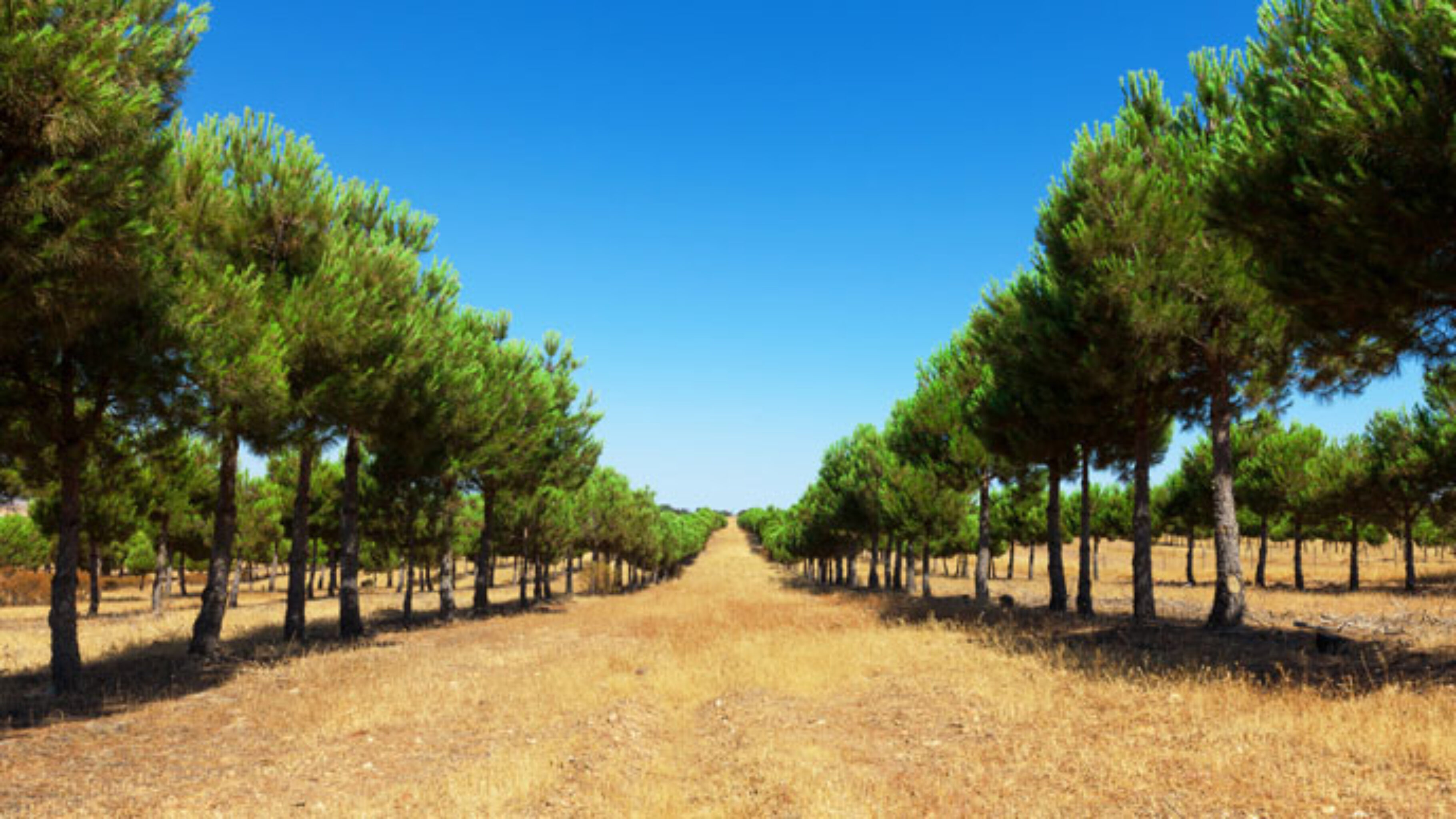When it comes to onsite content, much has been said about its importance in terms of a sites overall Google rankings. Everyone wants to produce a blog and website that achieves the highest ranking place possible. As time has gone on in the evolution of SEO, more emphasis has been placed on quality content rather than link building. The great mystery has always been in defining what we mean by quality content. Quality to whom? Yes, we know that Google will deem onsite content as high in quality if it receives a lot of shares and hits, but what intrinsic factors make content high quality. Well, what we do know is that for content to be high quality it must be relevant, popular, well written and factually correct. A new terms has been coined which sums up a more precise form of quality content, that term is “evergreen content”. We are going to take a look at exactly what this means and how the concept can be developed as a practical approach to blog writing.
There has been much debate over the correct way to attract likes, shares and customer interactions through your onsite content, it has been thought in the past that writing newsworthy items that are hot topic and up to the minute analysis’s of current trends, was the best way to attract a high number of hits. A common approach was to look at the various trending topics relating to your site and then writing an article that relates to this theme. It was presumed that in doing this that traffic would instantly find its way to your site, through the hoards of individuals who would stumble upon it when searching for similar content. Publishing content that relates to stories that are at the forefront of searchable Google trends, is great in the short term. It leads to sudden spikes in activity and your Google analytics will report favourable traffic levels, for the time period during which your content was published. However, there is often no lasting effect. The traffic you generate doesn’t hang around, it doesn’t explore other areas of your site necessarily and it doesn’t convert into sales.
The new approach to content generation, focused on creating timeless pieces of content dubbed evergreen content, mainly comprised of articles and stories that were not faddy or of flash in the pan appeal, in any way. Instead evergreen was the sort of content that users would want to revisit time and time again because its use was long term, because at any given point in time users would be interested in the messages and agendas communicated. Evergreen content is not necessarily topical but universal and relevant in any given time period and it will perform well in the search engines over a long period of time. Evergreen content will likely rank high if it is related to a myriad of different search queries and garners interest straight off the bat. It is a win-win situation as higher rankings mean more visits, which leads to more links, and so on.
So, what makes a piece of content evergreen? First of all it must be of high quality, as well as being flawless in terms of spelling and grammar and it must also be comprised of interesting and useful information. SEO must be incorporated, so that there is adequate use of relevant keywords, phrases, tagging and internal link building, throughout the piece. The articles or pages must be sharable and you should share them yourself on all social media platforms. Take care to ensure your piece is relevant to your audience. Who are your audience? What do they want from you? How can you assist them in acquiring a more in-depth knowledge of their market or competitors? What appeals to them? These are all questions you should be asking yourself. Make sure your headline is descriptive and enticing enough, to get people clicking on your article from the get-go. Finally make sure the content in your articles is likely to stay relevant for at least a year after you publish it. One great example of an evergreen content article is one that provides a definition of what a certain industry term is and how it manifests its self in the marketplace. It could be a style of jeans that has been talked about but not really defined and categorised in a concise manner. Another way of inserting evergreen content into an article or page, is by writing a blog based on Best Practice Guidelines. Giving an over view of a concept or thing and explaining the best way that your customers/ followers can use and apply it, is incredibly useful for your target audience and will never become tired or outdated, especially if it is written about quite a broad topic. You could even look to writing a case study, comprised of evergreen content. Case studies that provide real world examples of how past customers have used your product, or studies on how your product is made, can be shared over and over again.
Incorporating evergreen content into your blog articles and onsite content, is a great way to produce content that remains popular and drives traffic over longer periods of time. Yes, we want content to be popular, but we want it to remain so over a longer period of time. It goes without saying that content needs to be relevant and of high quality, but it also needs to have a timeless appeal.








